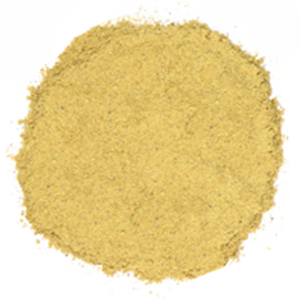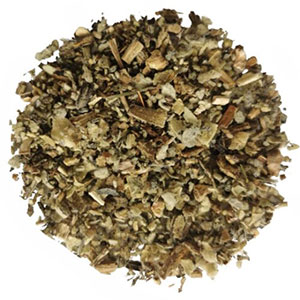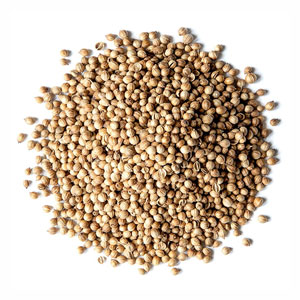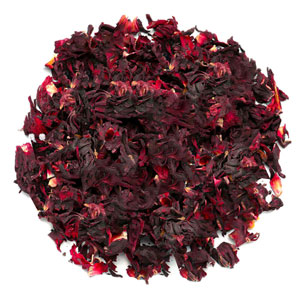Description
Cascara Sagrada is a native to western North America. Here are the key details:
- Appearance:
- It can grow as a small tree or a large tree, reaching heights of 15 to 30 feet.
- The trunk diameter ranges from 20 to 40 cm.
- The outer bark appears brownish to silver-gray with light splotching.
- The inner surface of the bark is smooth and yellowish, gradually turning dark brown with age or exposure to sunlight.
- Harvesting Bark:
- To obtain cascara bark, it’s best to collect it from the young trunk and large branches during springtime.
- Harvesting from other parts or out of season may result in different taste and characteristics.
- The bark should age for at least one year before use.
- Flavor:
- Cascara bark has an intensely bitter flavor that lingers in the mouth for hours, overpowering the taste buds.
- Leaves:
- The leaves are simple, deciduous, and alternate.
- They cluster near the ends of twigs.
- Leaf characteristics:
- Oval shape
- 5–10 cm long
- 2–5 cm broad
- Shiny green on top
- Paler green below
- Tiny teeth on the margins
- Parallel veins
- Fruit:
- The fruit is a drupe, initially bright red and then maturing to deep purple or black.
- It contains yellow pulp and two or three hard, smooth, olive-green, or black seeds.
You may:
- Sweeten your tea with honey, natural fruit juice, stevia leaves powder, or licorice root powder.
- Get creative by making rose-infused ice cubes.
Precautions: If you are pregnant, breast feeding, or taking any medications, it is important to consult with a healthcare professional before taking any herbal products. All content on this website is intended for educational purposes only. It has not been reviewed or approved by Health Canada. This information is not meant to diagnose, treat or cure any disease.





Reviews
There are no reviews yet.